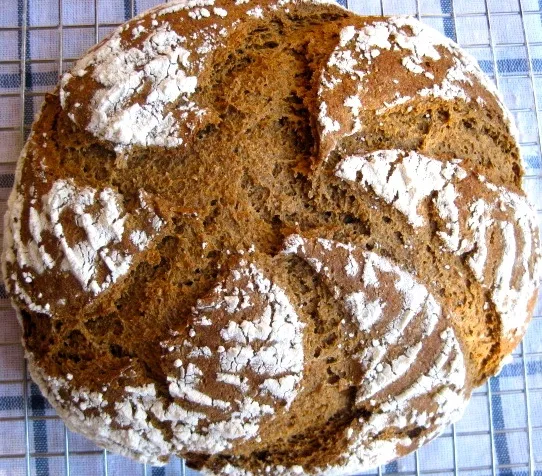The Bread That Grew A Horn or Apple Yeast Gone Wild
During our last trip to Portland I lured my (for good reasons) wary husband to go with me to "Rabelais", with the sanctimonious promise "just wanting to look what's new". Rabelais is cooks' equivalent to an opium den, a famous cookbooks-only store; they carry probably every English language (and several foreign language) cookbook on the market, plus many antique ones.
- Log in or register to post comments
- 10 comments
- View post
- hanseata's Blog
